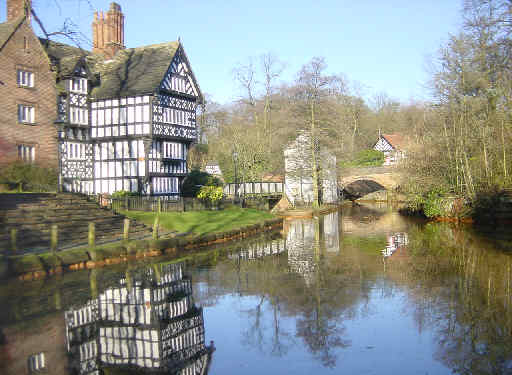Worsley expanded significantly from 1761, as a result of the completion of the Bridgewater Canal. Francis Egerton (3rd Duke of Bridgewater) commissioned its construction, and this was to simplify the transportation of coal from his Worsley mines to Manchester. Coal was an important resource, because it fuelled steam engines. Over-reliance on pack horse transport was extant prior to the canal. Consequently, inefficiency, weight restrictions and difficult river navigation necessitated new developments.
Worsley therefore developed into a town with significant industry in cotton manufacture, coal mining and brick-making. It had previously been a town of predominant cotton industry. But, the canal was accompanied by an underground canal, which led into the mines of Worsley Delph.
Development
Worsley Delph, then, was the entrance to the underground mines. It encouraged entry for the Starvationer boats. The largest would carry 12 long tonnes of coal. The entrances allow access to 46 miles of underground canal – on four levels!
The area therefore became a thriving hub of industry. Mills and tradesmen made use of the 50-mile underground canal network. The Victorians overhauled the area’s design in the 19th century. In the modern day, Worsley is an affluent leafy suburb; home to celebrities and footballers alike.
Worsley therefore has a number of places of interest. For example, Worsley New Hall is by the Bridgewater Canal. It is an Elizabethan Gothic-style mansion and gardens. Currently in renovation by the RHS, it will open as RHS Garden Bridgewater this year.

